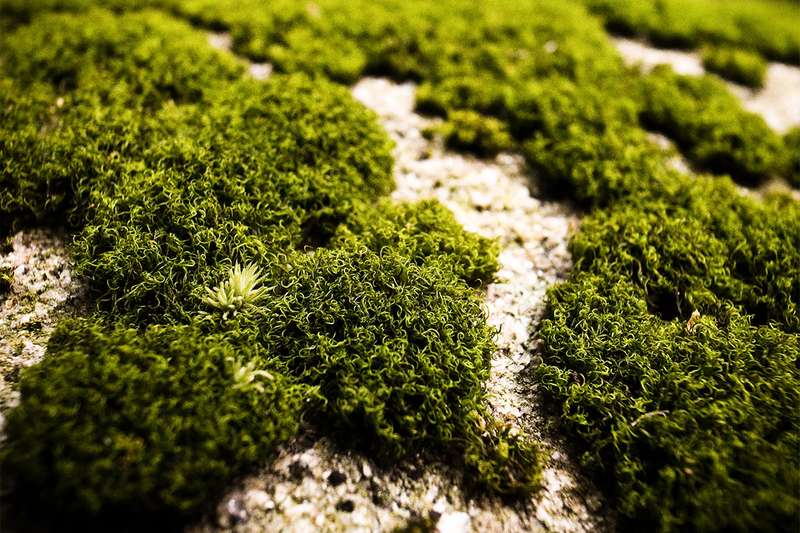When Emerson poetically noted that mosses favor the north sides of trees ("The moss upon the forest bark, was pole-star when the night was dark") he really meant lichens, for in the nineteenth century mosses and lichens weren't distinguished. True mosses aren't actually fussy about where they grow, so they are no good as natural compasses. In fact, mosses aren't actually much good for anything. "Perhaps no great group of plants has so few uses, commercial or economic, as the mosses," wrote Henry S. Conard, perhaps just a touch sadly, in How to Know the Mosses and Liverworts, published in 1956 and still to be found on many library shelves as almost the only attempt to popularize the subject.

They are, however, prolific. Even with lichens removed, bryophytes is a busy realm, with over ten thousand species contained within some seven hundred genera. The plump and stately Moss Flora of Britain and Ireland by A. J. E. Smith runs to seven hundred pages, and Britain and Ireland are by no means outstandingly mossy places. "The tropics are where you find the variety," Len Ellis told me. A quiet, spare man, he has been at the Natural History Museum for twenty-seven years and curator of the department since 1990. "You can go out into a place like the rain forests of Malaysia and find new varieties with relative ease. I did that myself not long ago. I looked down and there was a species that had never been recorded."











